In Sekiro: Shadows Die Twice, From Software is heading back into territory it hasn’t explored in some time, at least in the West.
With Hidetaka Miyazaki of Dark Souls and Bloodborne fame at the helm, Sekiro looks to be a character piece with a strong narrative focus, a more streamlined progression system, and a take on traversal that opens up more avenues for combat than ever before.
Although Sekiro might be, in some ways, similar to those games that came before, let’s take a look at these three core elements and unpack how they trod new ground in the Souls-like genre.
This article contains some light spoilers based on previously-released footage.
One Man’s Tale of Revenge
Most FromSoftware games thrust purpose upon the player with little motivation for acting on it.
In Armored Core, you are just another Raven caught up in corporate power-jockeying. Why are you fighting, in the core of giant weapons, against ancient machines too powerful for man to properly control?
Someone is paying you.
In Dark Souls, why are you going out to kill every god on the map?
Seems like the thing to do.
Sekiro is a much more personal story than those above, with a main character trapped by the winds of fate and the dictates of his culture, one forced into an impossible situation that many players will no doubt identify with.
The Wolf, as our main character is known, was once an orphan taken in by an old warrior and raised to be a shinobi of great renown. Eventually, he’s charged with guarding the heir to a potent bloodline, but one who is only a child.
In the course of the Sekiro‘s opening hours, not only does the Wolf lose his mentor and father figure, he loses the child as well. As though destiny has it out for him, he also loses his arm, his honor, and his mortality.
Now bound to the world until he gets revenge and recovers his young ward from those who’ve taken him, the Wolf cannot rest until the story is complete.
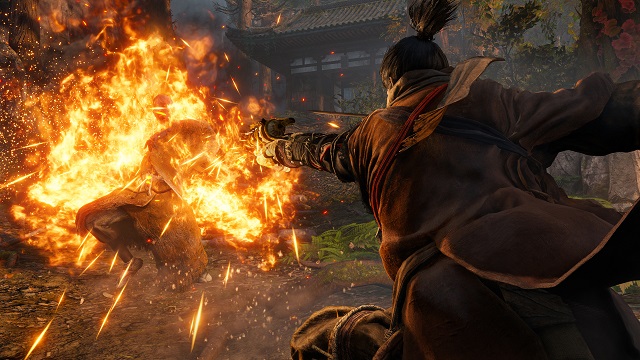
This is the kind of story I think Miyazaki has been wanting to tell for a long time. Tightly focused, narratively complex, but emotionally straightforward. And it’s one anyone alive can relate to.
Revenge is a seductive drug.
Certainly, the child in Sekiro is not the Wolf’s flesh and blood, but he might mean just as much. Who wouldn’t kill for a second chance to save a child in their care? Who wouldn’t want to see the people who harmed their loved ones put in their place, and by their hand, with their skills?
The stories of walking to hell and back for revenge or someone dear are as old as civilization itself, and finally, we’ll see where the weird and sometimes wacky FromSoftware can go with this classic narrative style.
I say “wacky” because there are some genuinely humorous moments in what footage of Sekiro From and Activision have released.
Giant, deadly chickens. Merchant pot hands. Bosses who burp to damage you. These are the kinds of things we can expect to play an important role in building the world of Sekiro, even if they aren’t central to the story.
The myths and legends inherent to Japanese culture are always rife with possibilities for creators to play with. Though Sekiro takes place in Sengoku period Japan, it doesn’t take long to realize that there are a lot of fantastical liberties taken with the history we know.
Still, at its core, Sekiro is about one thing: tearing your way through the worst — and strangest — a world can put before you and taking back what’s yours. There’s no doubt a few wrinkles in that basic structure, but with what we’ve seen so far, revenge remains the core of this narrative.
Become the Ninja
Sekiro eschews the trappings of an RPG for a more streamlined design philosophy. This isn’t your everyday Souls-like.
Instead, progression focuses on a pared-down skill tree that centers on making the Wolf a more effective, deadlier shinobi.
Don’t expect any classes or crazy builds here. You are one character, with one story, and a specific set of skills that you can build on and perfect.
Once you’ve maxed out Sekiro‘s skill tree, then, where’s progression? What do you have to improve? We don’t know the full scope of Sekiro’s customization systems yet, but as any good speedrunner will tell you, it comes down to mastery.
Based on what we’ve seen of Sekiro’s gameplay, it takes the adage of “easy to pick up, hard to master” a little too literally. Then dials up the intensity to 11.
In classic Miyazaki fashion, of course, the game isn’t “easy” in the traditional sense, but I’m sure a player can grind their way through Sekiro without learning any of the nuances that the best among them understand on a fundamental level.
For those willing to put in the time, then, Sekiro asks dedicated players to achieve a level of mastery beyond anything that’s come before. If we thought watching high-level Dark Souls and Bloodborne was a sight, I don’t think we’ve seen anything yet.
In short, Sekiro’s progression isn’t the Wolf’s; it’s the player’s.
In the same way you gain skills over time, Sekiro looks to teach its players to reach never-before-seen heights of reaction and execution. And it does it through constant, unending death.
Move With the Wind
Traversal in FromSoftware games has never been a high point.
In many cases, it’s primarily been flat area to flat area, with a lot of overall verticality added to keep the game from being a long series of large rooms.
Sekiro is done with all that. Now you’ve got a grappling hook and plenty of in-game objects to swing around with, and with enough dexterity, you won’t be hitting the ground until there’s an enemy lodged on your sword.
The grappling mechanics remind me of the latest Spider-Man game in the freedom they provide to the player. As long as a hook point exists somewhere on your screen, you can latch on and grapple, changing targets mid-flight to chain some crazy looking jumps.
In many cases, dynamic movement is essential to your survival, as it becomes a mechanic in boss fights, can save you from a fatal fall, or get you to an otherwise inaccessible item.
Stealth is also essential and allows for entirely new approaches to each encounter. Do you grapple on the roof to survey an area, or stick to the shadows and underbrush?
There are a number of unlockable abilities that increase your stealth capabilities as well, so a mistake can quickly become an advantageous position if you play it correctly.
Even if you aren’t using the grapple, Sekiro adds something not seen in almost any Souls-like: on-command jumping. I don’t mean the sprinting or contextual type. I mean from a standstill, whenever you want, and to a respectable height.
They added swimming too. Water will no longer instantly kill you and can save your life if you have to either get away from an enemy or get to the bottom of a level. And some of the fish have good loot, because video games.
On the whole, you move around the world of Sekiro with the kind of speed and agility only often seen in a superhero game. Through your skills and equipment, you can and will do things that seem impossible — and kind of are — but still make you feel like the badass ninja the legends portray.
—
What about Sekiro: Shadows Die Twice are you excited for? Are you hoping for a narrative-driven revenge quest or a deadly action game that puts you in the shoes of a total badass?
Let us know in the comments, and stay tuned to GameSkinny for more Sekiro coverage.

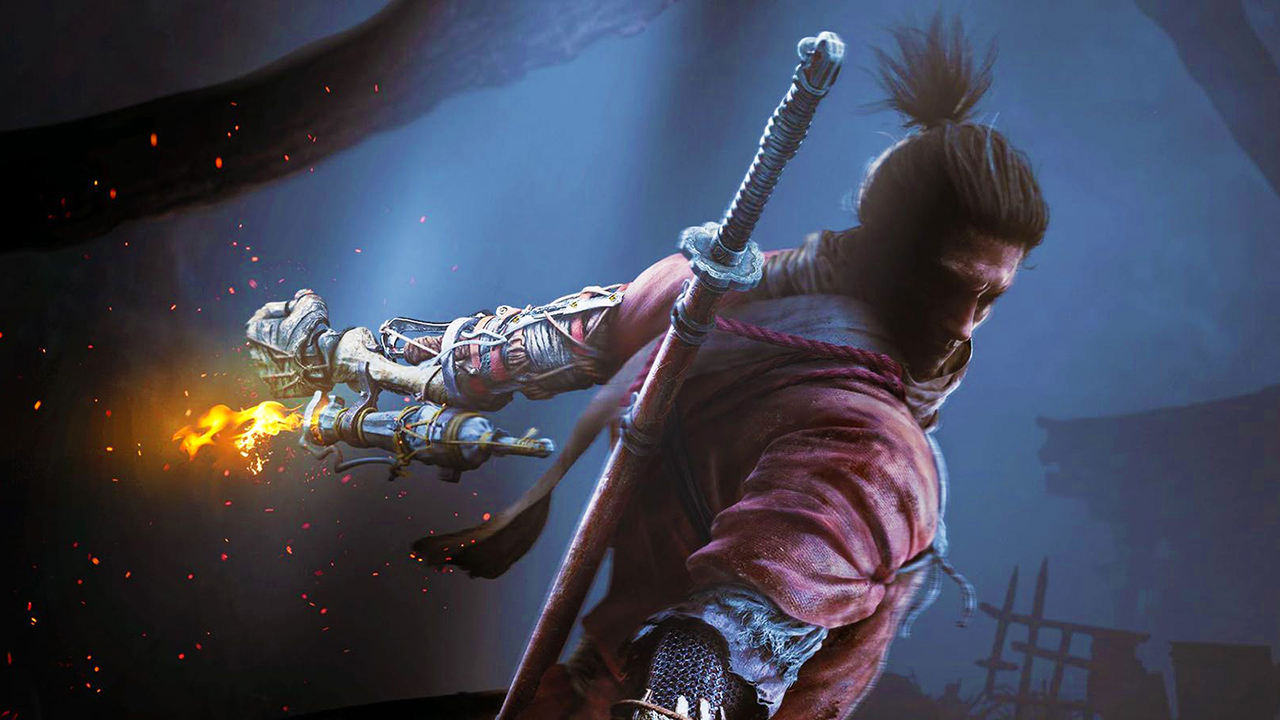
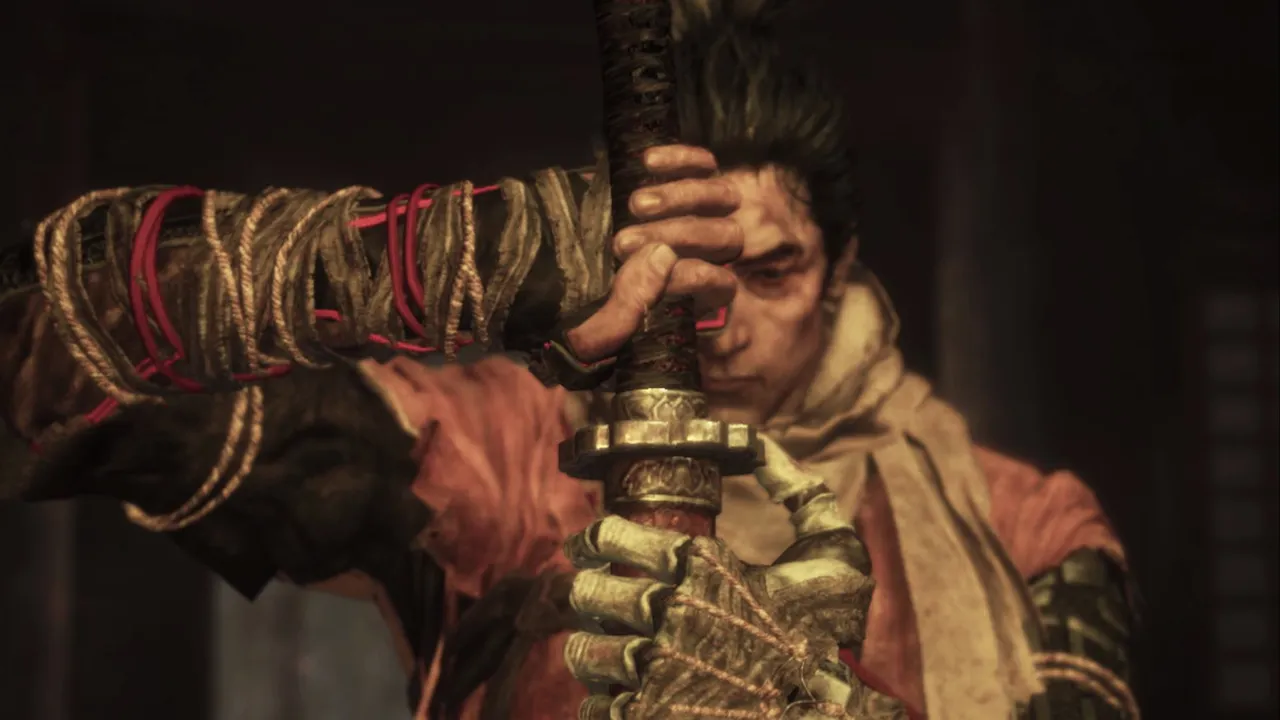
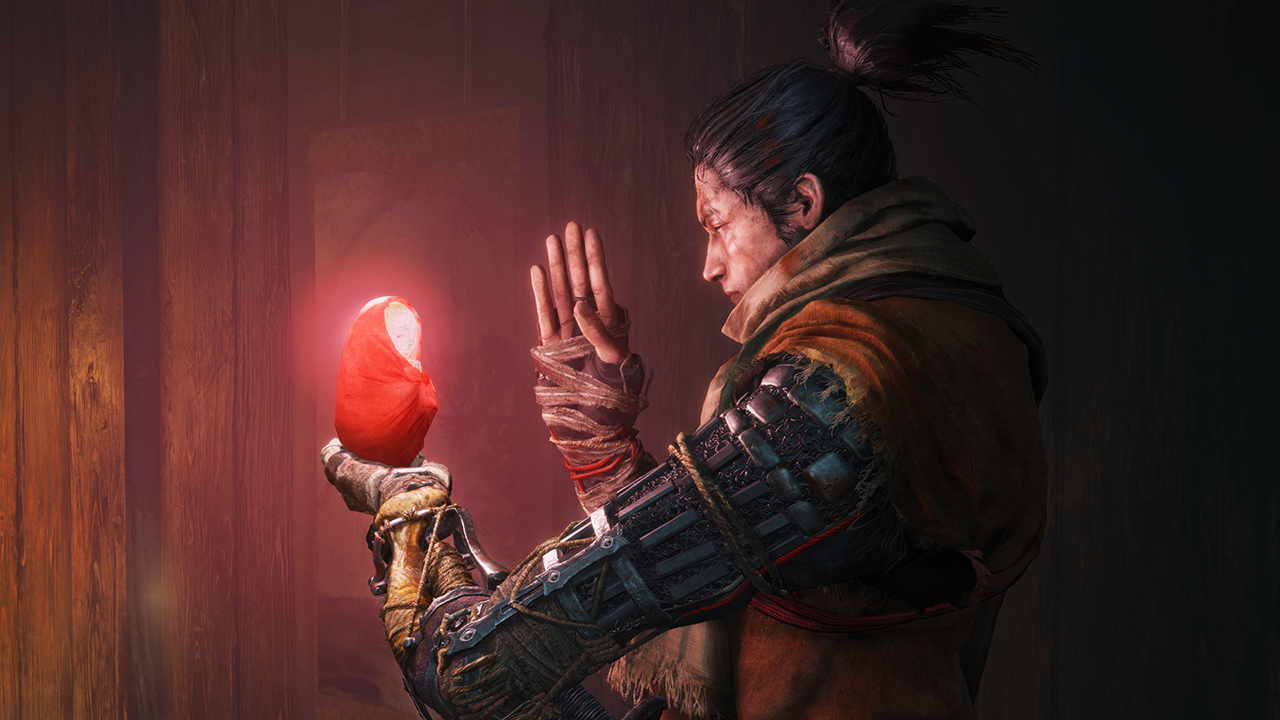
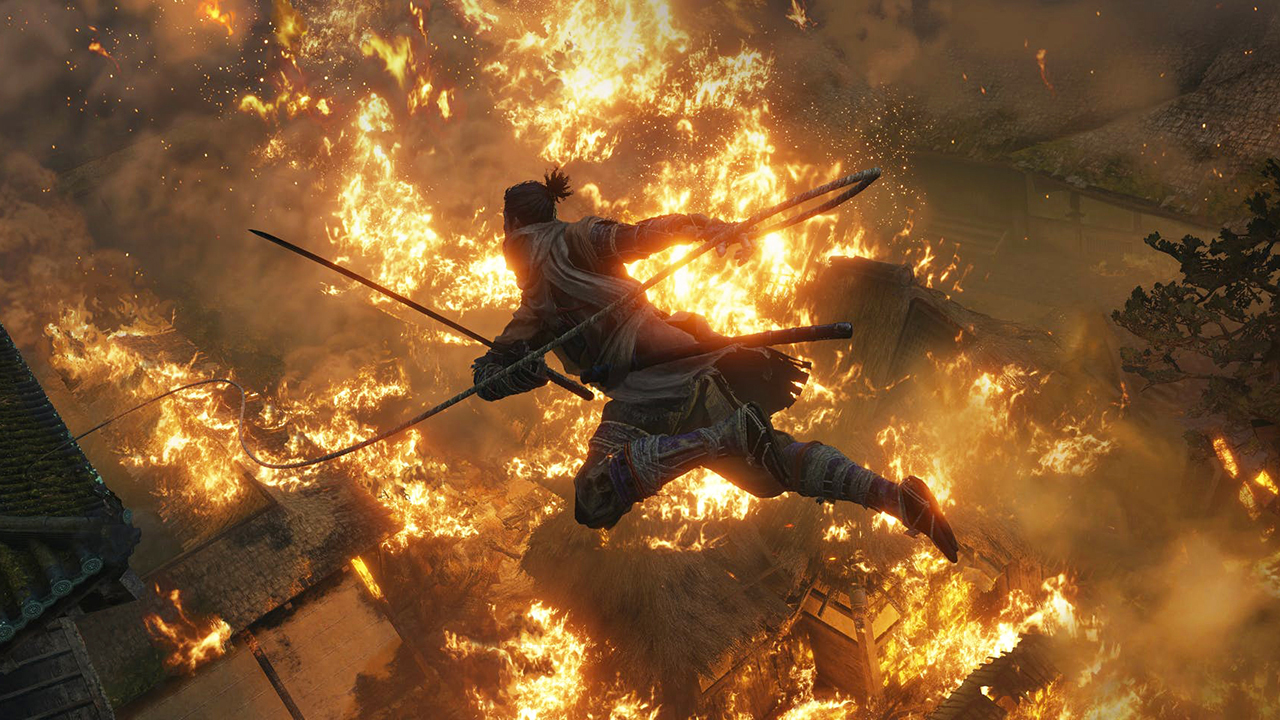





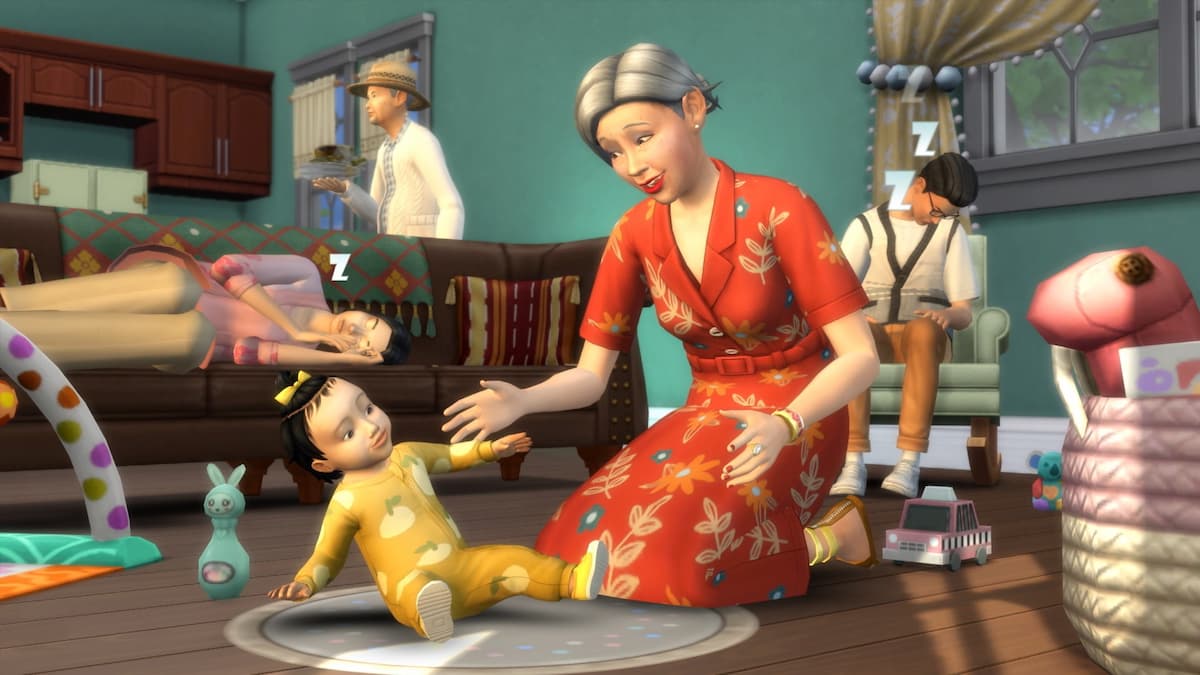
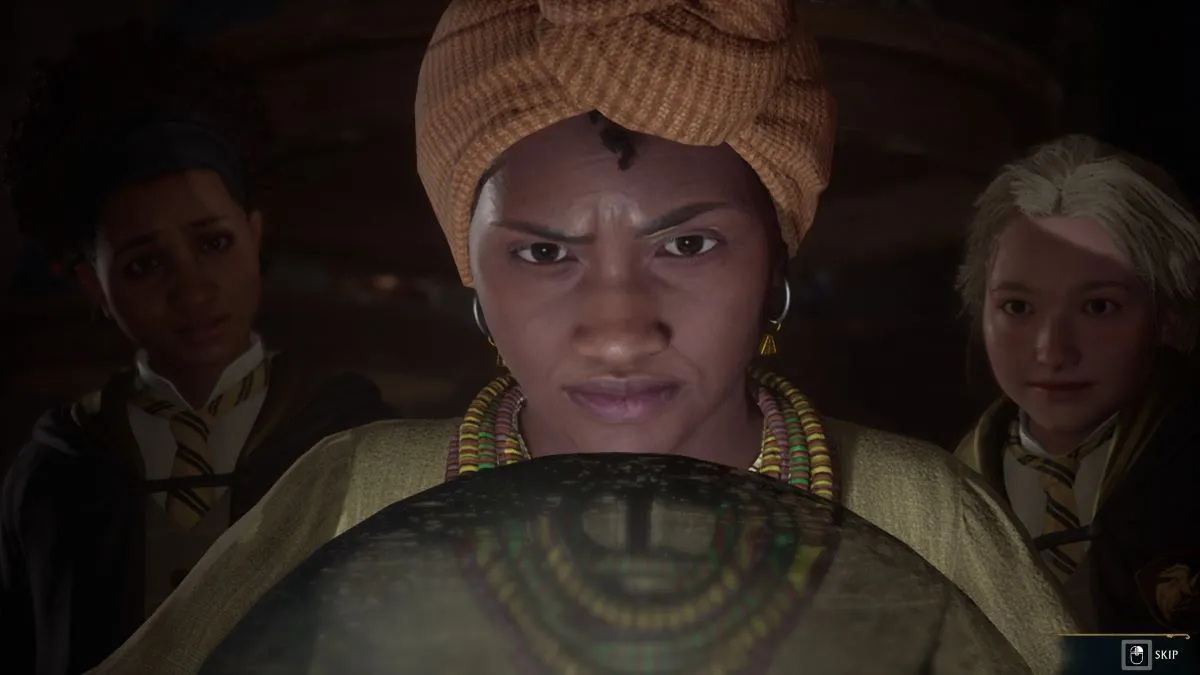
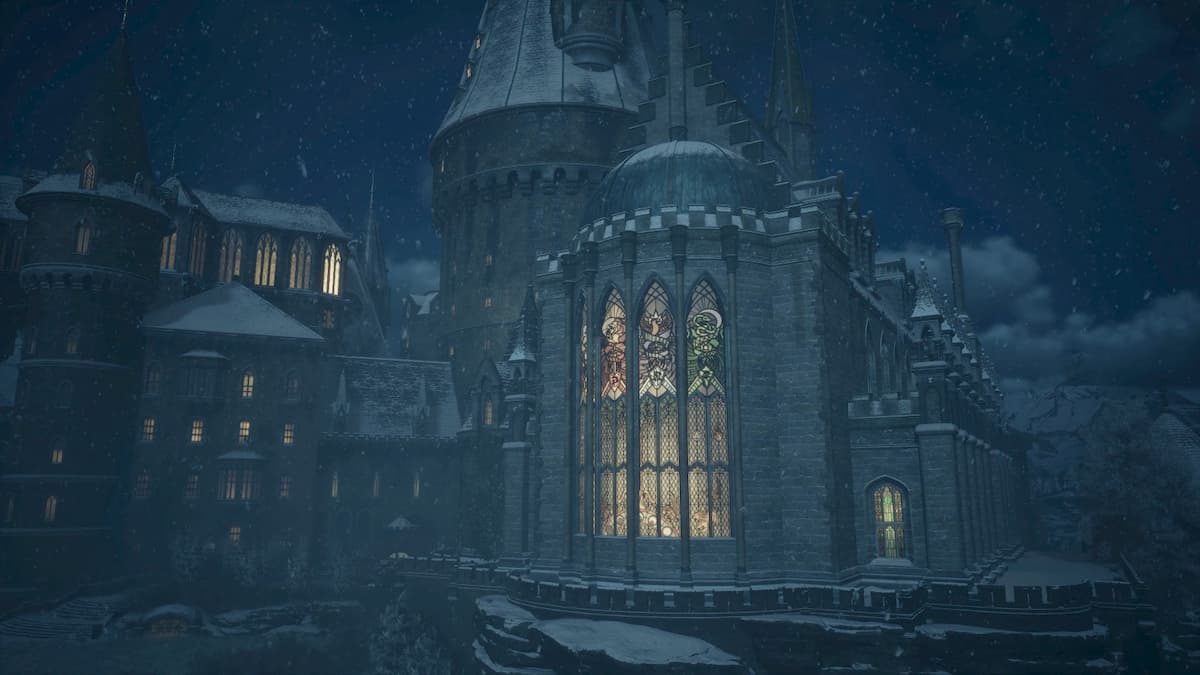
Published: Mar 11, 2019 10:35 pm